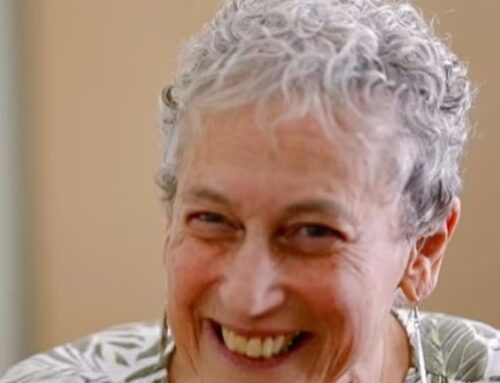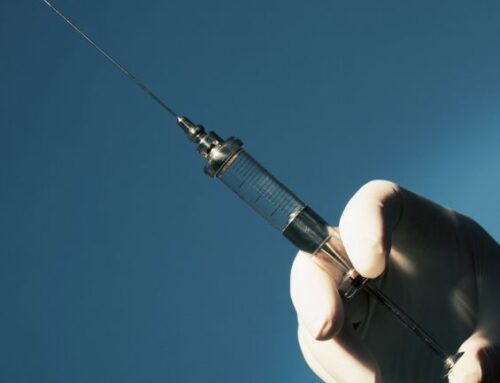“Well, they’ve done it,” Dingwall said.
“Done what?” I asked.
“Removed the stigma from suicide,” he replied. “By letting doctors help patients kill themselves, the Supreme Court transformed a calamity into a cure.”
“Some think the ruling is very restrictive,” I said, “requiring intolerable suffering, among other conditions.”
“Maybe for now,” he said. “However, the learned judges stated that in prohibiting doctor-assisted suicide, the Criminal Code violated the Charter of Rights and Freedoms. The Supreme Court transformed a crime into a right, the expandable right to life, in fact.
“The right to life is the right to death?
“In a roundabout way,” he said. “The ruling stated that by prohibiting doctors from helping patients kill themselves, the Criminal Code, in effect, forces some of them to take their own lives prematurely.”
“Why would they do that?”
“For fear of not being able to do it when their suffering becomes intolerable. Hence, the prohibition deprives them of life before they want to die.”
“But, Dingwall,” I protested, “the issue is still suicide, whether preemptive to avoid the intolerable or curative to end it.”
“My point exactly,” he replied. “The learned judges transformed a curse into a blessing, and by linking it to a constitutional right, they ensured that legislative attempts to restrict it will be challenged as discriminatory.”
“By whom?”
“Oh, for starters, by advocates for children, the mentally incompetent, the clinically depressed, in fact anyone weary of life.”
“There goes the stigma,” I said.
“The Supreme Court will have transformed the stigma into a panacea. We could reach the point where it no longer shocks us when youths bereft of hope try to kill themselves, successfully or not. Rather, if we consider doctor-assisted suicide medical care, we would regard them as self-medicating.”
“Not just hope-deprived youths,” I suggested, “but anyone attempting suicide, and progressive judges and politicians could create laws to prevent us from interfering with the attempt.”
“Unless we intervened to encourage it,” Dingwall said. He noted that even before Parliament passed legislation to comply with the high court ruling, a lower court found the proposed law unconstitutionally restrictive.
“That’s got to be some kind of record for challenging a new law,” I said.
He explained that the Supreme Court gave Parliament a year, later extended to 16 months, to craft and pass the law. “During the four-month extension,” he said, “you could receive a judge-approved exemption from the existing law if you met the Supreme Court’s criteria. It was in approving an exemption that the Alberta Court of Appeal challenged the constitutionality of the proposed law.”
“So doctor-assisted suicide was available ahead of the deadline for passing the law that allowed it,” I said.
“If it were a legitimate word,” Dingwall said, “deathline would be a more appropriate term. It’s the exact opposite of lifeline.”
“To me,” I said, “the entire process seems like Orwellian doublethink: aiding and abetting suicide is caring, killing is curing and, most Orwellian of all, the right to life is the right to death.”
“It’s simply not true,” he declared, “that prohibiting doctor-assisted suicide, in effect, forces some patients to kill themselves prematurely. Although it may temp them to do so, they have a choice.”
“Yes,” I said, “but do taxpayers who consider suicide morally abhorrent have a choice not to fund it? Do doctors who conscientiously believe their calling is to heal, not harm, have a choice not to provide or refer for it?”
“Don‘t forget patients who oppose assisted suicide,” he said. “Do they have a choice of medical care from doctors they can trust with their lives, rather than killers or collaborators in procedures that kill?
“More to the point, do they have a choice not to be killed? In the Netherlands, where euthanasia and assisted suicide have been legal for years, patients have been killed without their consent.”
“So much for the carefully designed and monitored safeguards that the Supreme Court has faith in,” I said.
“The judicial magisterium’s concern for the right to life is discriminatory,” Dingwall said. “The judges worry about patients who might kill themselves prematurely for fear of not being able to do it later. What about patients who might die prematurely for fear of receiving medical care from serial killers?”





